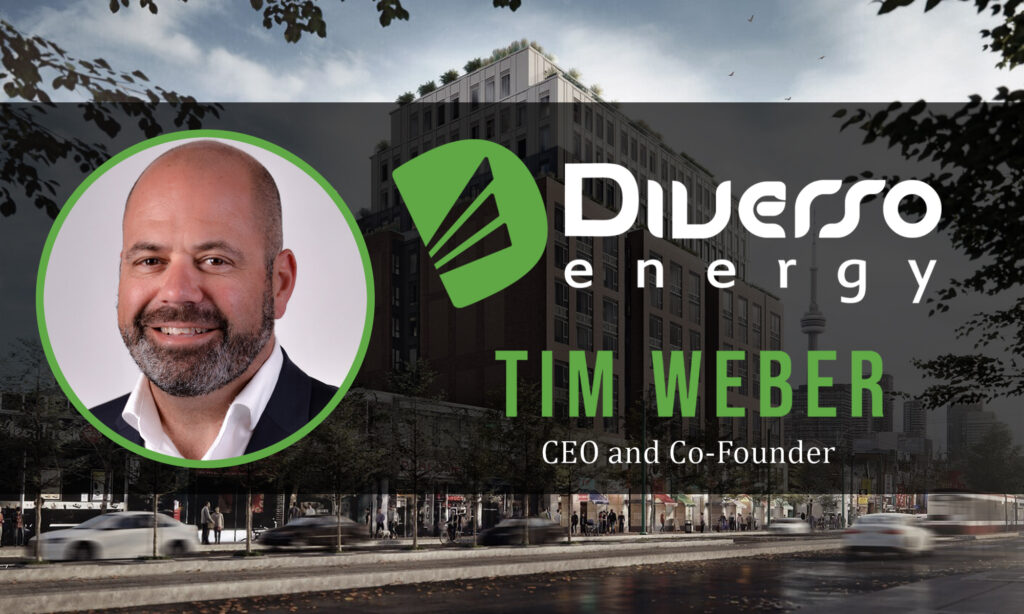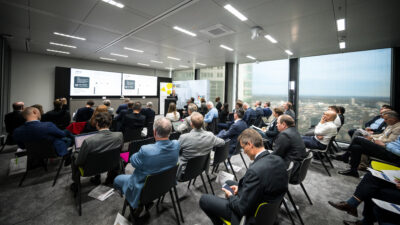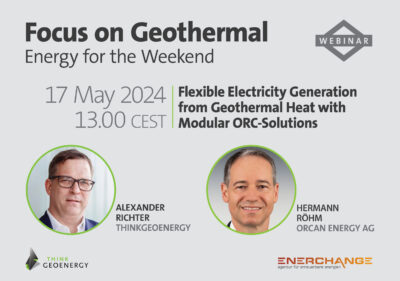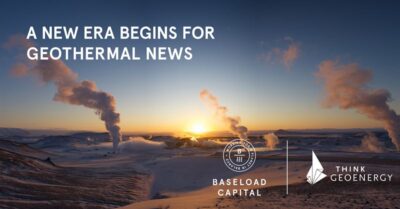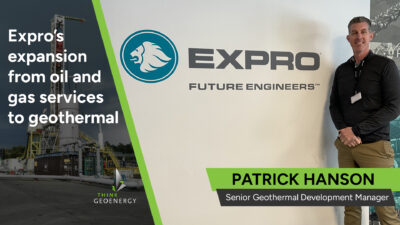Interview – How Diverso Energy turns geothermal into a risk-free proposition
In this interview, Tim Weber of Diverso Energy talks about how they have turned geothermal heating into an easy, seamless solution for real estate projects.
Geothermal heat is often described as the low-hanging fruit of the movement to reduce carbon emissions. There is a huge market for it and the technology involved is not very complex. Yet, widespread geothermal heating has been hindered by huge capital costs, despite being a worthwhile long-term investment.
Diverso Energy is a company that has seemingly broken the code. By taking ownership of their geothermal systems and covering all upfront capital costs, the company has been able to package geothermal heating and cooling as an offer that is very difficult to refuse.
To learn more about Diverso Energy, we talked with CEO and Co-Founder Tim Weber. In this interview, we talk about their unique Geothermal Utility Model, the role that policy plays in facilitating the adoption of geothermal, and how the geothermal industry has reached an inflection point.
Can you tell us briefly about Diverso Energy, the history of the company, and the services that you are offering?
Diverso Energy was created in 2015 by myself and two business partners, Jon Mesquita and Sergio Almeida. Prior to that, I had been in the geothermal industry for roughly 10 to 12 years.
We started Diverso primarily to address one of the challenges of geothermal, which has always been the large upfront cost. We found that a lot of larger commercial projects are limited with their budget, and that there are some discrepancies between who pays for technology and who takes advantage. The idea was to replicate what utilities are doing and create “geothermal-as-a-service” or a utility model where we take on that cost, convert it from a CapEx to an OpEx, and remove that risk.
Back in May, we were purchased by DIF Capital Partners, an independent infrastructure fund manager from the Netherlands. They acquired controlling interest of Diverso, which was really a move to help us stay ahead of the curve, grow, and expand.
Let’s talk about your geothermal-as-a-service business model, which means that you fully own and operate the geothermal systems. Why was this the business model of choice? What do you think are the advantages that the model offers?
If you think about many larger projects, whether it be a large multi-family residential building, or an office building, there is this disconnect between upfront capital cost and long-term operational cost. In most cases, one entity is responsible for constructing the building and another entity resides in the building and pays the operating costs.
The challenge with geothermal is it impacts both sides. Traditionally it was an upfront capital cost that is part of construction, but it’s also an energy source, no different than natural gas or electricity, being utilized by the occupants of the building long-term. This created a disconnect as one entity pays for it up front while the other entity benefits.
We are essentially mimicking any other utility where we pay for the infrastructure, own it, and take responsibility for it. The objective of our business model is for the developer to connect to the geothermal infrastructure without having to pay for it, much like a conventional natural gas utility. Rather than a capital expense, geothermal is now an operating expense borne by the occupants of the building, who realize and immediately benefit from our geothermal fixed cost which also happens to be low carbon.

At what stage of construction do you come in to build the geothermal system and how deep do you typically need to drill?
Most of our projects are typically multi-residential, high-rise buildings in urban, high-density environments. We pre-drill our holes from the surface to a depth of about 600-800 feet deep and 15 to 20 feet apart. We essentially install the entire infrastructure under the building footprint. When completed, we plug and cut the pipes just below the final grade. We then demobilize with our entire infrastructure buried below the building, allowing shoring and excavating to commence.
This process has allowed us to get in and get out without having a major impact on their critical path or their construction schedule. Impacting the schedule would have a major impact in the feasibility of geothermal. Similar to our financial model, this solution has played a significant role in our success.
Is there a rule of thumb of sorts for the size of the project or development in which this model makes sense?
There are certain economies of scale with multi-residential projects – about 100,000 square feet of gross floor area or 130 units and up is where it typically makes the most sense. And there is really no upper limit as we are doing projects that are close to a million square. Take, for instance, The Exchange District in Mississauga, which is set to be the tallest geothermal building in North America! At 66 storeys, the project will be head-turner and beacon of inspiration for sustainable development.
What is the typical economic lifetime of the systems that you have developed and designed?
The life of our contract terms is 30 years, but the geothermal bore field will essentially outlast the building itself. It’s mainly constructed with high-density polyethylene (HDPE) pipe. The only thing that breaks it down is UV rays, but it’s buried underneath the building, so that is not an issue.
What process does the company go through to evaluate if a certain project is qualified for a geothermal system?
When we prequalify, we’re looking for motivated clients who feel pressured by aggressive energy and carbon targets, and are seeking out a solution. That’s becoming increasingly prevalent now, as policies are changing in several jurisdictions across North Toronto is one of many cities spearheading this building electrification movement. In light of Toronto Green Standard Volume 4, all new buildings must achieve near zero GHG emissions by 2030.
Virtually every jurisdiction is changing drastically and right now, specifically in the Greater Toronto Area (GTA), it makes the most sense to work with a developer who is highly motivated. This motivation can be intrinsic or caused by external pressures because of policy or ESG reporting targets. Whatever the case may be, they feel the need to reduce their carbon footprint and are now looking for alternative technologies or solutions outside of their typical status quo construction techniques.
We then become path of least resistance by providing a tried-and-tested technology that meets and often exceeds these low-carbon expectations. We also have a business model that allows them to execute without impacting their construction costs.
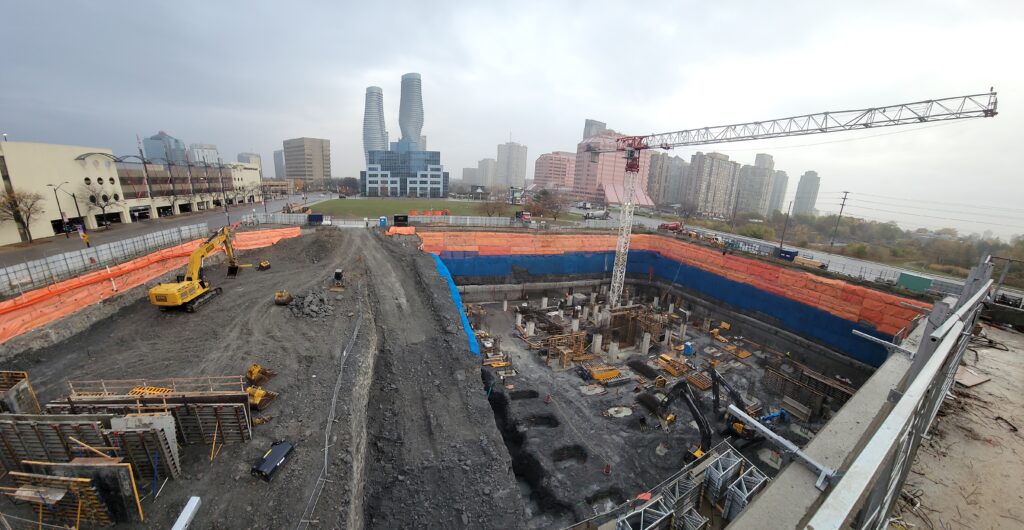
Is there an extra cost for when potential projects do not pass the pre-qualification process?
We can identify if a project is feasible and turn around a proposal very quickly without any cost to the client. Geology may slightly impact the economics, but it does not impact the overall feasibility. In some cases, we have site constraints where the size of the building and the size of the footprint do not quite align, or perhaps there is encumbrance underground by subways or infrastructure from the city that may impede the ability to install geothermal, but those are the kind of things that can be identified very quickly.
How would you describe has the geothermal market evolved? Has there been legislation or policies that have made it easier for geothermal projects? Is there a trend in the real estate industry to go into more sustainable solutions?
I have been in the geothermal industry for almost 20 years and although there was little traction in first 12 to 14 years, the industry has evolved considerably over the past 5 years, with a significant shift in the past 2. Geothermal was always considered a bit of a cottage industry or a fringe technology, and that narrative is only slowly beginning to change.
And rightly so, real estate is a very risky business and most developers operate at a very high-risk threshold. To stack more risk on top of that does not necessarily make sense. It is an industry that leans towards tried and proven technologies – developers aren’t always receptive to using expensive, complicated technology like geothermal.
What’s happened I think, are two things: (1) Companies like Diverso, where we created a business model and a process that allows geothermal to be integrated, have generated enough momentum which has provided a proof of concept. This creates confidence that the systems work, and now we have dozens of systems that are operating.
I think this organic momentum has created a major shift, in conjunction with the second factor– (2) policy that is forcing change. For example, back in May, New York became the first state to ban the use of natural gas in newly constructed buildings, which set a new precedent for green building. Slowly but surely, real estate developers are being forced to align their projects with these changes, and we have a solution that is proven to address that need.
With those two factors coupled together, we are now seeing energy transition begin to take shape. Mainstream developers that would not have considered geothermal three years ago are now calling looking for a solution. I would equate it to 18 years ago, we created a top-notch Tylenol, but it took 15 years for anyone to develop a headache. Now they have a headache, and they are looking for that Tylenol.
Do you think that consumer decisions are also driving the transition to geothermal?
I wish I could say low-carbon is something that drives consumer decisions but I don’t think it does. I think the reality is, we’re in a tough time right now where real estate prices are at an all-time high, particularly across North America and in cities like the Greater Toronto Area. Affordability is a major issue for people. I think just trying to find decent accommodation is the first priority and sustainability is an afterthought.
That being said, we are beginning to see some first signs of conscious consumerism. For instance, a recent survey on residential real estate in Québec, conducted by Léger in the fall, found that 56% of renters in the Montréal CMA would be willing to pay a premium for green housing.
Nevertheless, the intent behind our business model is they do not have to make that conscious decision. They do not have to decide between sustainability and affordability, which traditionally were mutually exclusive.
With a model like ours, we have eliminated that issue and now all things are equal. You get a condo or an apartment building that just happens to be low carbon for the same purchase price or the same rent. Long-term, they are better off because you have a fixed-cost technology that hedges against increases in rates for electricity and carbon tax hikes. A building with geothermal will be more affordable in the long-term. This is really our intent – to make it a level playing field.
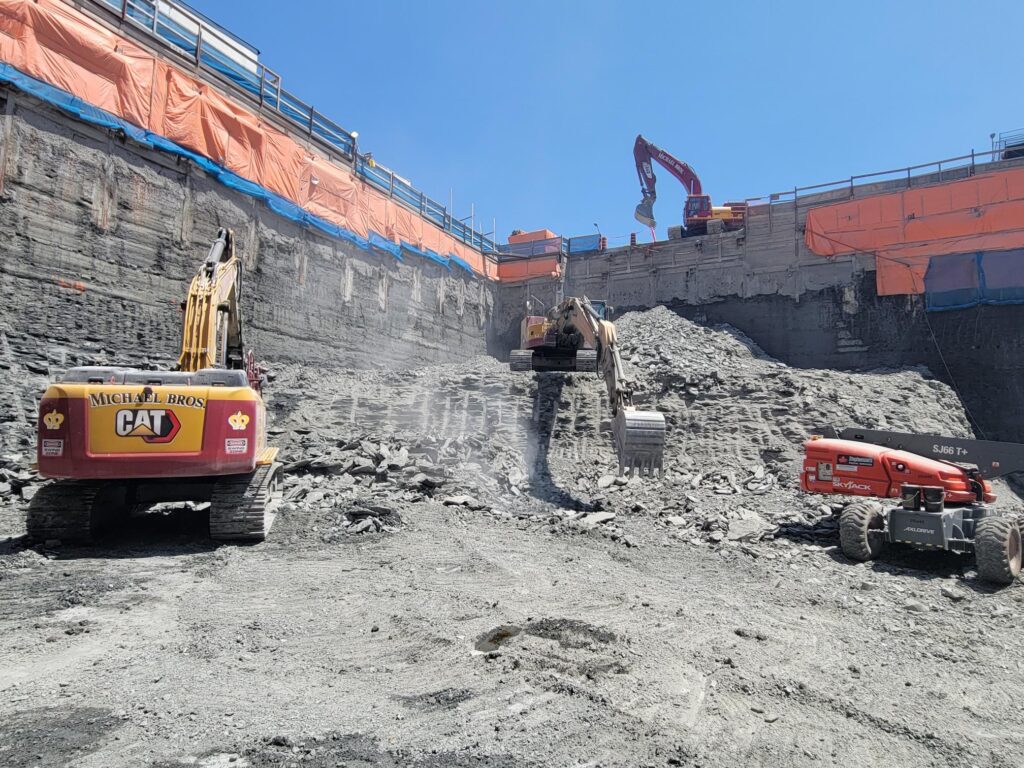
In recent years, has there been any policy-driven initiatives or financial incentives that have made geothermal projects easier to execute?
This year, Canada’s Clean Tax Credit was extended to cover capital and manufacturing costs for geothermal energy projects. Thanks to the extension, geothermal projects now benefit from tax relief equal to 30% of said costs. However, this initiative is just the opening gambit.
The real driving force is government policy. By forcing the hand of developers to look for solutions, it creates innovation in business models and technology. That’s really what we’re trying to provide – an innovative business model and technology solution that future-proofs projects against these aggressive policies.
I’m a strong believer that it is the government’s job to create the problem, and the private sector will provide the solution. In this case, the government created a very aggressive policy for new buildings in the form of carbon and energy targets. Companies like ours are providing a simple and seamless solution to an otherwise complicated and frustrating problem.
We provide a solution for developers without that policy creating a burden. So, all that being said, yes, the policy has had a major impact on the type of developers that are now pursuing geothermal, who without the policy, probably would not be looking for it.
What role does being vertically integrated play in being able to absorb the risks of upfront capital costs and development of geothermal projects? How important is that for the company?
There are different aspects of vertical integration. There is the engineering and the construction, which is more about controlling the end result and our ability to scale and access to resources.
The biggest shift for us with the DIF transaction is bringing our project capital in-house. Now that all aspects of our business are integrated, we can make decisions collectively, which in turn creates more flexibility. This is all part of that full vertical integration – drill rigs, money, engineering, construction, it’s all under one roof now.
Your company seems to have focused on the innovation of the business model, rather than that of the technology.
It’s challenging to innovate when it comes geothermal technology, as the technology itself is quite simple. What we have innovated is the process – how integrate our technology into the building design and all the nuances involved in construction with the least impact on the project. This innovation is the byproduct of many years of experience and learning from mistakes made. This factor, coupled with our innovative business model, is why the geothermal industry in Ontario is being revolutionized.
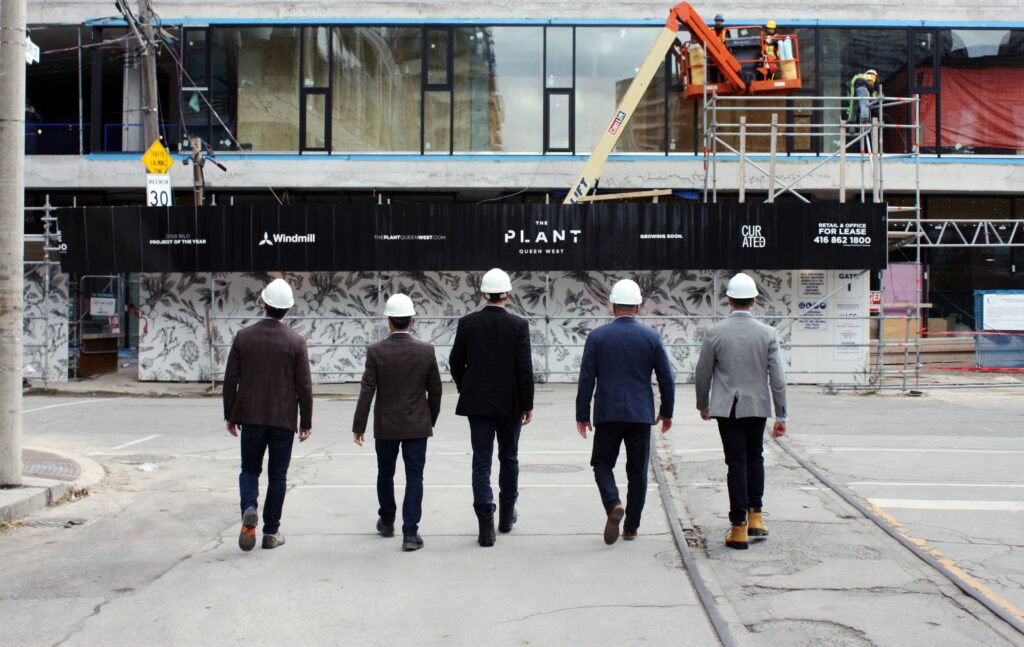
What’s next for Diverso Energy? What are the long term plans for the company? Do you have plans to diversify into other technologies or other types of geothermal projects?
Right now, we are focused on ramping up our resources and growing our team. Up until our acquisition, we had limited access to capital but still managed to meet demand. Now, we have purchased drill rigs to bring the drilling infrastructure in-house, resulting in a top-to-bottom, fully vertically integrated solution for our clients. This really allows us to maintain quality control over how we deliver our projects, as well as assure that we are prepared for the upcoming growth requirements.
As far as diversifying into other markets, we are looking at single-family homes and subdivisions as possible opportunities. That’s not so much a technology shift, but more of a business model shift in how we manage the scalability and the administration that subdivisions entail. Outside of that, our primary focus is just taking what we’ve built over the last nine years, and expanding, growing, and continuing to deliver that to clients across our current market.
What makes the geothermal market exciting for you? And are there any developments that you’re keeping an eye on?
What makes it exciting for me is that I feel like we’re at the forefront of an energy revolution, very similar to electric cars. There is this push right now for electrification, and the two biggest contributors to climate change are vehicles and buildings. It is pretty amazing to be part of a solution that addresses one of the two largest contributors to climate change.
We are at this inflection point in the industry where it is really starting to take off and we have that first mover advantage. We have been at this for a long, long time, and we now finally see the fruits of our labor actually move the needle and make a material change. The growth and the shift I have seen over the last two years, if I were to extrapolate that out over the next decade, I cannot even really imagine what kind of growth we are going to see or what this industry is going to look like over the next 10 years.
All I know is it’s going to look very, very different. And I’m really excited to be part of that and just to participate in that growth.
